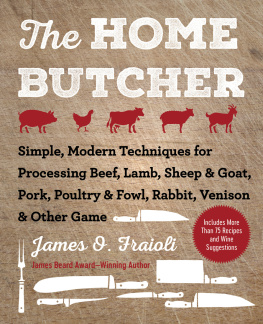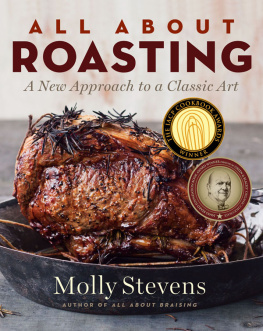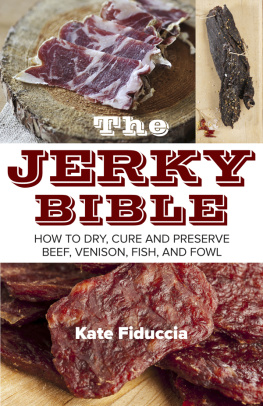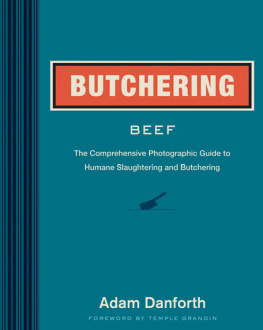
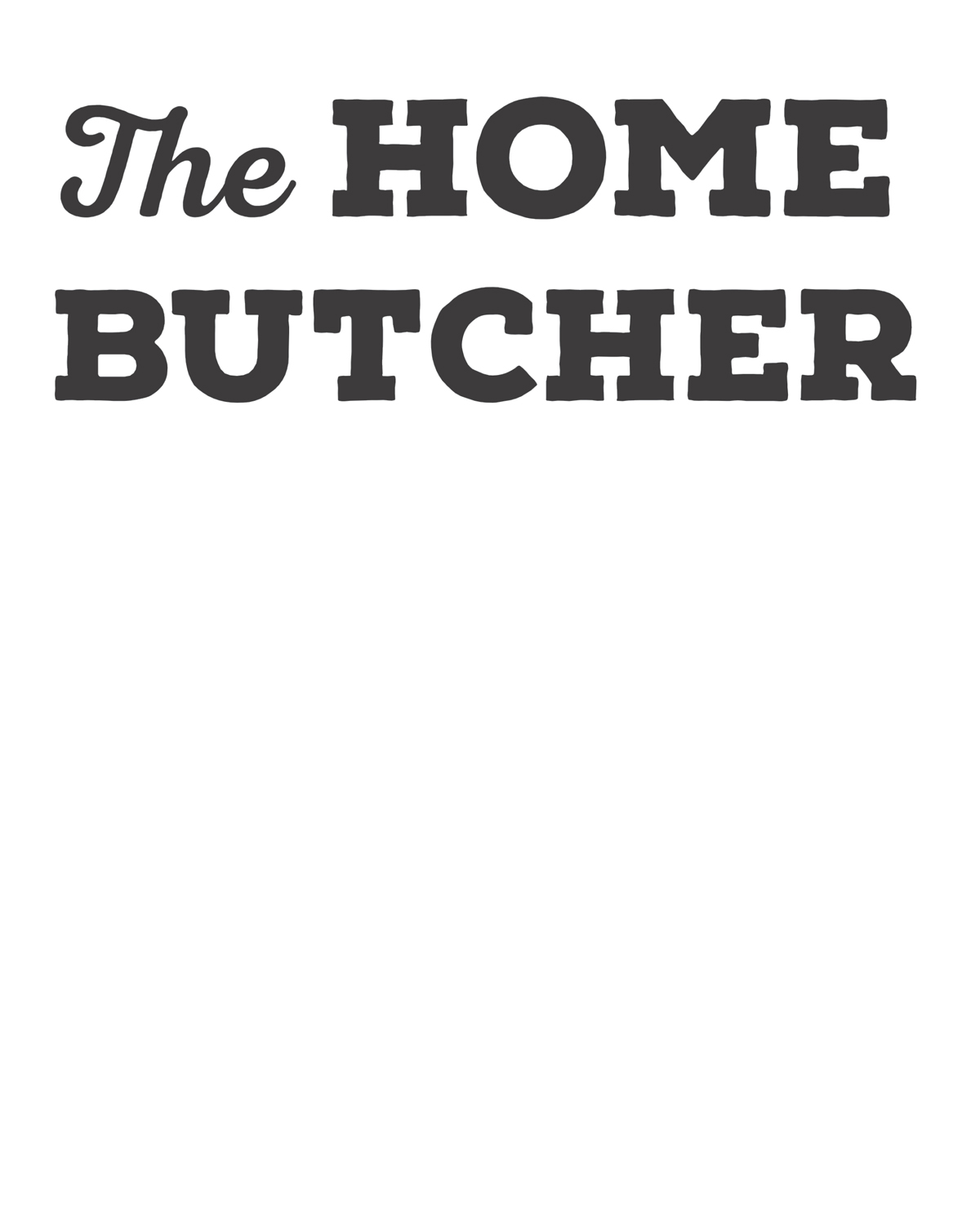
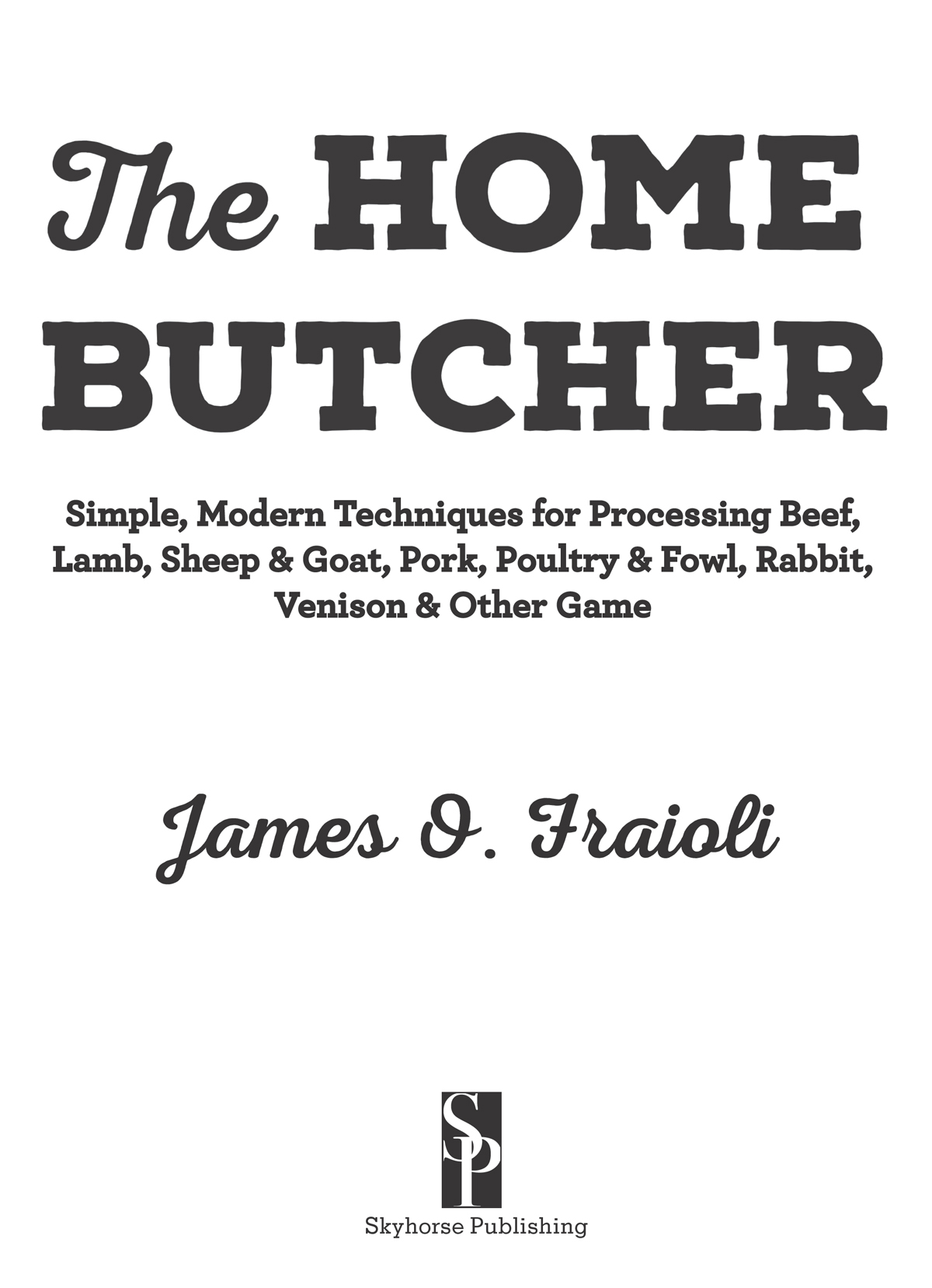
Copyright 2019 by James O. Fraioli
Photographs copyright 2019 by Getty/iStock images, except on ( DL ACKEN PHOTOGRAPHY).
All rights reserved. No part of this book may be reproduced in any manner without the express written consent of the publisher, except in the case of brief excerpts in critical reviews or articles. All inquiries should be addressed to Skyhorse Publishing, 307 West 36th Street, 11th Floor, New York, NY 10018.
Skyhorse Publishing books may be purchased in bulk at special discounts for sales promotion, corporate gifts, fund-raising, or educational purposes. Special editions can also be created to specifications. For details, contact the Special Sales Department, Skyhorse Publishing, 307 West 36th Street, 11th Floor, New York, NY 10018 or .
Skyhorse and Skyhorse Publishing are registered trademarks of Skyhorse Publishing, Inc., a Delaware corporation.
Visit our website at www.skyhorsepublishing.com.
10 9 8 7 6 5 4 3 2 1
Library of Congress Cataloging-in-Publication Data is available on file.
Cover design by Laura Klynstra
Cover illustrations: iStock.
Print ISBN: 978-1-5107-4579-7
Ebook ISBN: 978-1-5107-4580-3
Printed in China
Contents
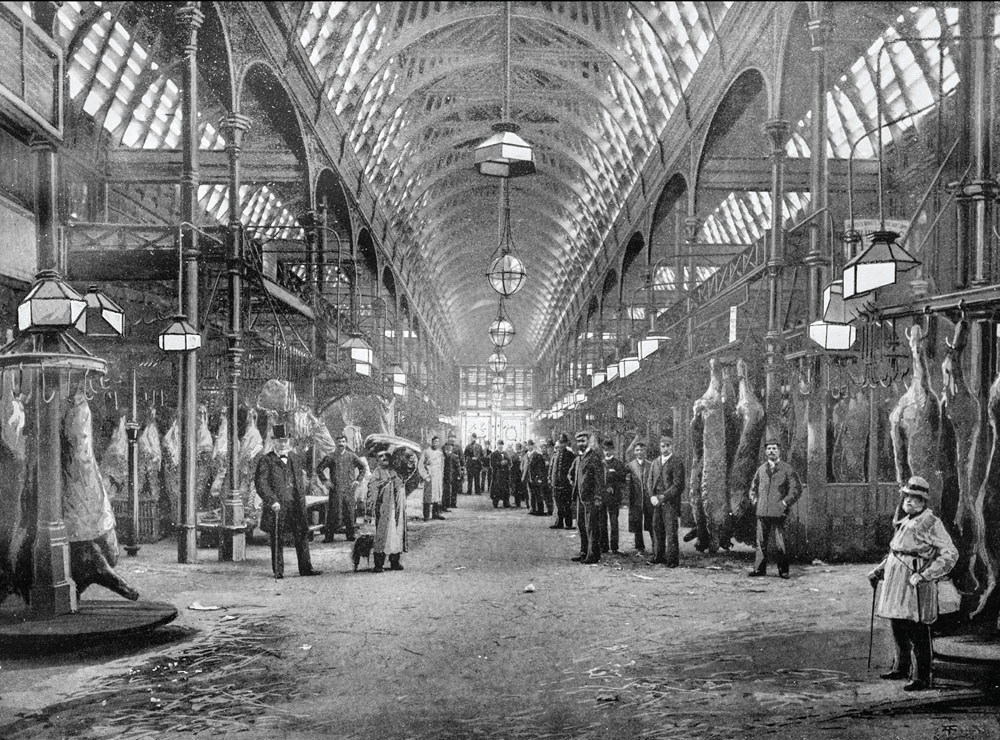
Introduction
Almost every time we sit at a dinner table, a protein is the center of attention. Whether that is a roasted leg of lamb, a lovely beef Wellington, or a simple roasted chicken, these meats catch our eye, our senses, and our culinary palate. They feed us, nourish our families, and sustain us. Often the dinner conversation will wander to Where did you find this chicken breast? Its so tender and juicy! or How did you cook these lamb shanks? Theyre delicious! This incredible satisfaction, along with the connection to the particular cut of meat, is where the story of home butchering begins.
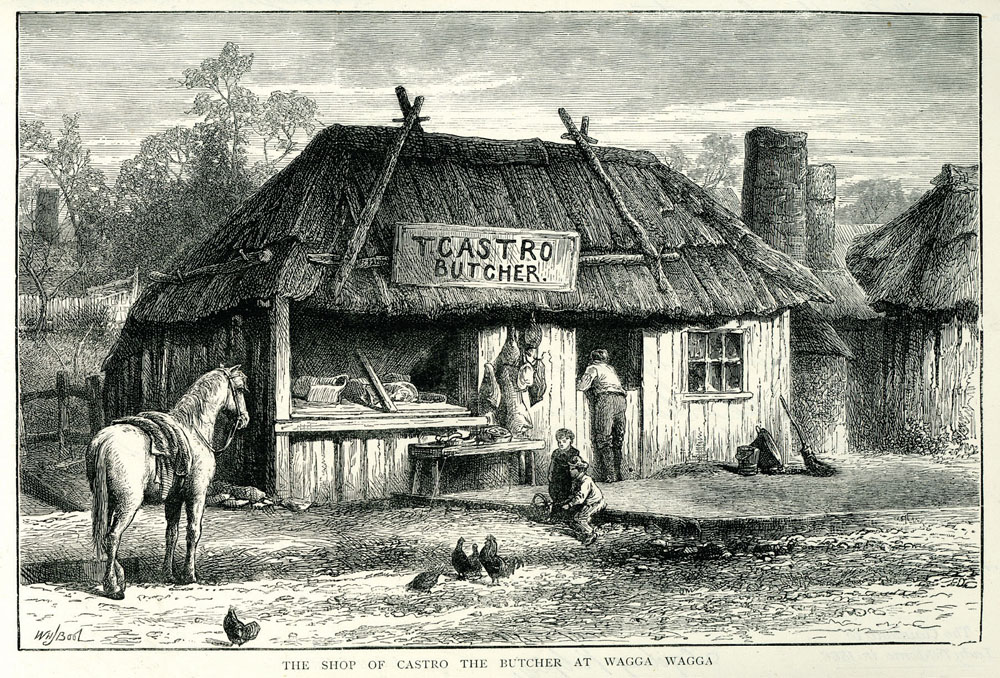
History
The art of butchery began a very long time ago, evidenced by the simple forms of butchery in prehistoric times. It is thought that the practice of hunting and breaking down animals was a large leap in the evolution of humankind. Later, the Roman era advanced the process when the chopping block and cleaver were first created, making the dressing of meats and sharing the bounty at large banquets popular. It didnt take long until butchery was at the forefront and butchers were highly praised, becoming pillars of their communities.
However, the profession truly began to take shape when livestock became domesticated and the urban migration began, creating the demand for meat as towns and cities quickly grew. Butchery continued to be one of the most reputable professions, and the butcher continued to garner respect. AD 975 is the date of one of the earliest references to butchers as we know them today, and during the fourteenth century, the Worshipful Company of Butchers Guild was formed. The company remains one of the oldest guilds in the United Kingdom, one in which discussions surrounding techniques for creating primal cuts from a carcass began. In many ways, it was during this time the butchering industry became standardized and even more specialized, in hopes of creating the best and most complete use of the animal. The butchers focus was a high level of care and cleanliness with the animals as well as ensuring the best flavor and proper cuts to meet customer satisfaction.
Today, the art of butchering has changed little, even though heading to the local butcher to purchase your Sunday roast and daily staples has, in many ways, turned into a supermarket run with little interaction with the butchers themselves. The desire for traceability, knowing our food and where it comes from, as well as a continued respect for the animals that sustain us, has renewed a desire to bring this ancient practice back into the home.
Revival of Home Butchering Today
Bringing the art of butchering back into the home is multifaceted and to be celebrated. There is nothing better than appreciating the beautiful animal that was successfully raised or hunted by hosting a large gathering for family and friends, just as the Romans did. Together, we butcher the deer, store it away for the winter, knowing that we all have plenty to eat for the months to come. Along with the gathering of friends and family, purchasing a whole animal and butchering at home while sharing the cost makes the entire process much more economical. It demonstrates the desire to not waste anythingand nose-to-tail eating means bones for broth, and quality organ meat too. Often, supermarkets wont take the time to get the more difficult cuts of meat, even if they are some of the most tender and flavorful. The lack of transparency with supermarket meat is yet another impetus to bring the practice again into the home.
Delicious meals come from the best ingredients, and sourcing quality meat is the most important component of home butchering. Finding trusted local farmers and learning about their animals, farm, and feed practices are foundational for home butchery. Having the opportunity to visit the farm and talk to the farmer will allow you to further understand how the animals are being treated, what they are being fed, and the entire growing process.
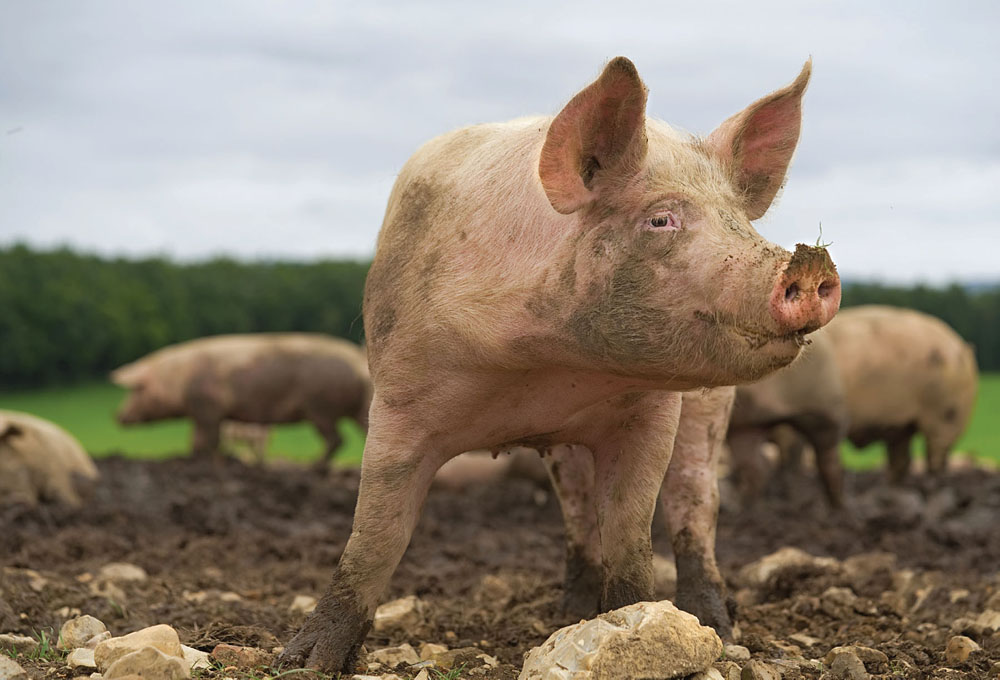
An important distinction to note is that between grass fed and grass finished, especially for beef and lamb. With grass fed, the animal has a primary diet of grass as they spend their days in pasture, although the final thirty days before slaughter the animal could be finished with grain. A grass-finished animal could consume grain or a combination of grass and grain for most of its life and only be fed grass in its final thirty days before slaughter. Asking the farmer about diet is important, as this will reflect highly in the flavor of the animal. Pasture-raised animals are known to contain less fat and have more complex flavor as they live most of their lives in a natural habitat.
A similar situation for pork is also of note. An important designation is outdoor bred compared to outdoor reared. Outdoor bred pigs are born outdoors and allowed to be with the herd when they are young. As soon as they are weaned, they are brought indoors for fattening. Outdoor-reared pigs, meanwhile, spend more than half their life outdoors. Asking about diet is important, as pigs are often fed scraps of all kinds, and their feed will change the meat tremendously. Will the pigs be eating leftover apples from a cider mill or commercial feed? The more detail you can glean from a farmer the more you will learn to aid your home butchering experience while truly understanding the animals that youre bringing into your home to sustain you for months.

Poultry is yet another learning experience. If wanting to raise a backyard flock, there are many resources available to help ensure your feed and diet formulation are keeping your flock growing and healthy. When talking to a farmer about their flock, with the intention to purchase a bird to butcher at home, asking questions about the feed is important. Feed contains many different grains and proteins as well as vitamins and nutrients. If a chicken is organically grown, the feed ingredients should not be genetically modified and should not contain animal products, such as bone meal or fish meal, as a source of nutrients.
Next page
